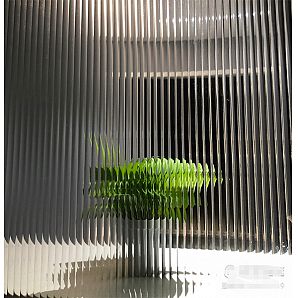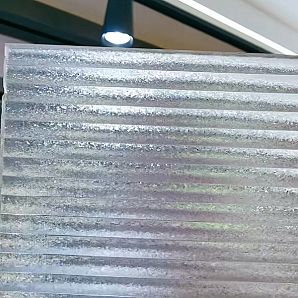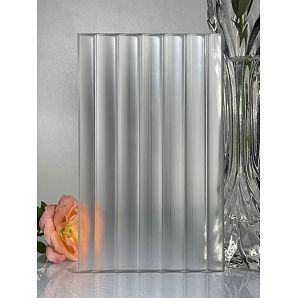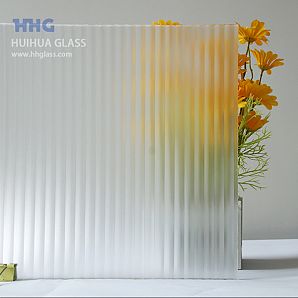Why glass factories can't stop production?
Glass has become a necessity in people's daily life. The existence of glass is indispensable in car glass, glass windows, glass cups, glass bottles, glass containers for containing oil, salt, soy sauce and vinegar, and even in shopping malls, offices and laboratories.
According to the data of the National Bureau of Statistics, the output of flat glass in China was 926.702 million weight boxes in 2019 and 862.434 million weight boxes in the first 11 months of 2020. In 2019, the output of tempered glass in China will be 525.917 million square meters, and 477.147 million square meters in the first 11 months of 2020.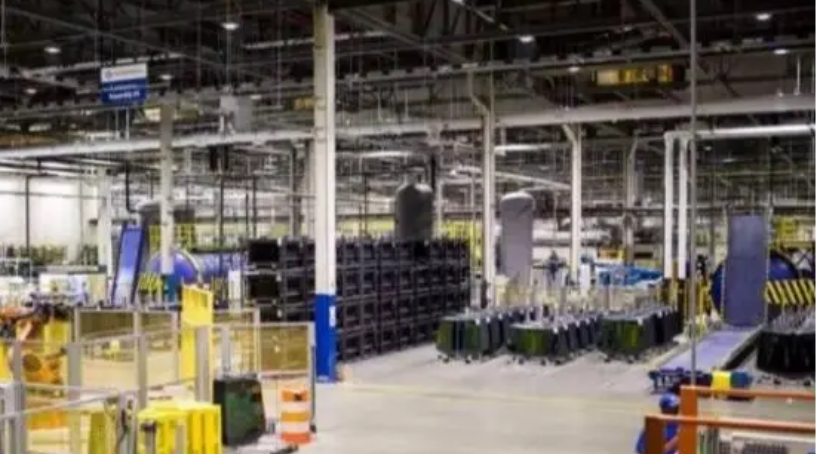
These are just two data of many glass categories. China's glass production is still increasing year by year. Since there is such a high output, it must be accompanied by glass factories. Compared with the production bases in other industries, glass factories have a unique feature that they can not stop production 24 hours a day, 365 days a year.
If other enterprises stop production, they may only face production reduction, while if glass factories stop production, they may face bankruptcy. For example, the machines of the world's largest glass factory have not stopped running for many years.
1、 Glass production process
The main raw materials of glass include quartz sand, limestone, feldspar, soda ash, boric acid, etc. Generally speaking, the raw materials of glass are common sand. Different sand can be made into different glasses, and sand with large silicon content can be made into transparent glass. Sand containing iron metal can be made into green glass, and white sand can be made into quartz glass.
There are four steps in the glass making process. The first step is to mix and crush the raw materials according to the specified proportion. The second step is melting. Put the prepared raw materials in the melting pit for high temperature heating to form a uniform bubble free liquid glass. There are generally two types of melting pits. One is the crucible kiln, where only one crucible is placed in a small crucible kiln, and 20 crucibles can be placed in a large one. The other is the tank. The small tank is only a few meters long, and the large tank can reach more than 400 meters.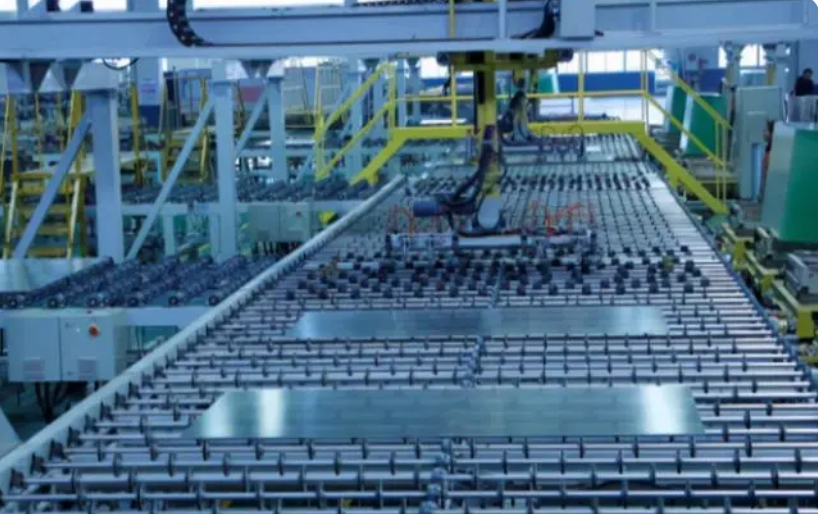
The third step is molding, which is a cooling process. It needs to change the viscous liquid glass into a plastic state and then into a brittle solid state. Next is the last procedure - annealing. The formed glass cannot be directly cooled, because direct cooling will cause the glass products to break during storage, transportation or use. This requires annealing to keep the glass in a certain temperature range or slowly cool down for a period of time to reduce the thermal stress of the glass to the allowable value.
This process seems abstract, taking the production process of glass bottles as an example. The factory first mixed and crushed the raw materials of glass and then poured them into the cellar. The high temperature was heated to 1550-1600 degrees Celsius to produce liquid glass that met the standard. Finally, the glass was introduced into the mold for molding.
However, some of the molded glass bottles are substandard. These bottles will be separated, uniformly crushed, and then put into the cellar to melt into liquid glass, and finally made into qualified glass bottles. Some glasses need to add other raw materials in the melting process, such as tin in the production of floating cloud flat glass. In addition, the mobile phone's toughened film needs to be cooled in steps after forming, that is, it needs to be cooled in multiple cooling environments.
It can be seen from the glass manufacturing process that the whole process of glass production depends on the participation of the machine. Especially from the beginning of melting, the temperature of the melting pot needs to be above 1000 ℃. In some factories, the temperature of the melting pot needs to reach 1550 ℃. The cooling and annealing must also be completed by the machine with strict requirements, otherwise qualified glass products cannot be produced. Since mechanical facilities are so important in the glass production process, what will happen if there is a real power failure or failure and the machine does not run?
3、 Stopping production can make glass factory bankrupt
Someone once described the glass factory as a bird without feet. The bird can't stop from taking off and will die once it lands. The same is true of glass factories. Once the machines are in operation, even if there is a big thing, you can't stop them.
Because if the machine stops running during the production process, the temperature of the cellar is lower than 1000 ℃, the liquid glass cannot be completely melted, and the semi melted liquid glass cannot be taken out at all, which causes the cellar to be blocked. The cooled glass sticks to the cellar and is difficult to clean.
In addition to the melting pit, the glass in the shaping process will also stick to the machine, and the glass cooled in the machine is more difficult to clean. In addition, the machines in the glass factory are operated by professionals. Once the machine is stopped, the machine data will be confused, which will not only lose the glass and raw materials, but also the machine.
If the factory wants to re operate, it needs to put the furnace into production again and purchase new glass raw materials. That is to say, if the machine stops running, the original factory will be scrapped. If you want to continue to produce glass, the investment is equivalent to building a new factory.
Therefore, the machines in the glass factory need to be kept running all the time. Even when the order quantity is small, the machines in the whole line will be kept running normally to ensure that they can be processed and produced at any time. If the factory does not have an order for the time being, it will not shut down the machine, because it will take a long time to restart and debug the machine if the machine is shut down until there is an order.
In addition, the melting pit needs to be re burned to the specified temperature, which takes a long time, so it can not ensure timely fire fighting and consumes huge energy. Since the shutdown has caused such serious consequences, how can we ensure that the shutdown will not occur?
Generally, there are two possibilities that cause the machine to stop running. One is the machine failure. Generally, the factory will arrange professional staff for regular maintenance and upgrading, which are very mature.
The other is power failure. In order to ensure that the power failure will not affect the production and connection of two power supply facilities, the general manufacturer. Even if there is a sudden power failure, the machine can operate normally. Some glass manufacturers have built their own power stations to deal with the power failure.
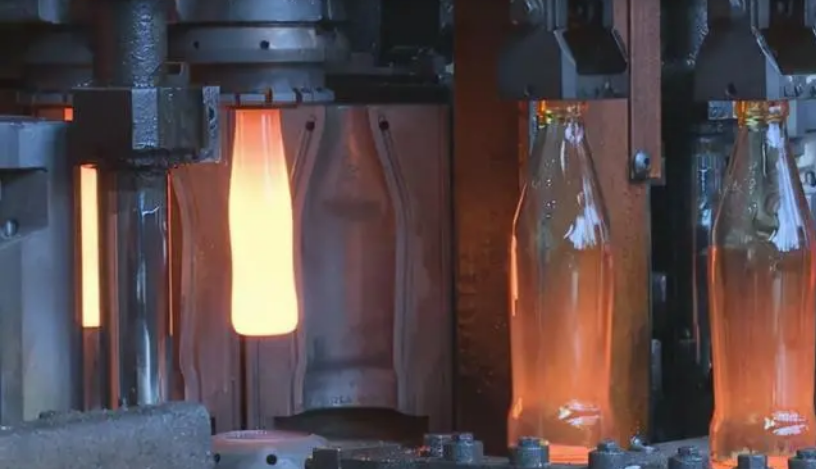
HHG is a professional glass manufacturer and glass solution provider include range of tempered glass, laminated glass, textured glass and etched glass. With more 20 years development, there are two produce lines of pattern glass ,two lines of float glass and one line of restoration glass. our products 80% ship to overseas, All our glass products are strict quality control and carefully packed in strong wooden case, ensure you receive the finest quality glass safety in time.
More Detail: www.hhglass.com



